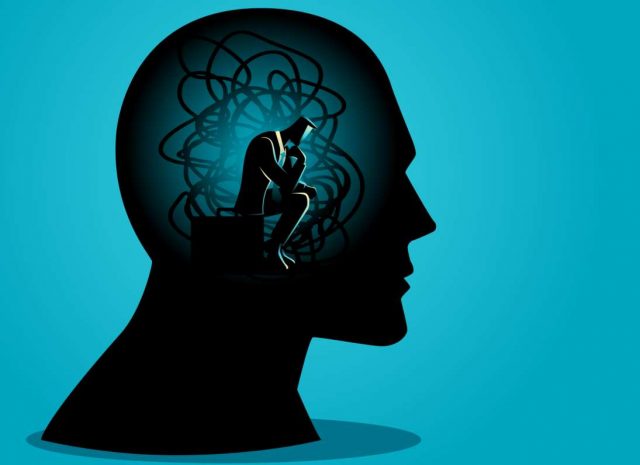Transcranial Magnetic Stimulation, also known as TMS, is a procedure that stimulates the brain’s nerve cells with the use of repetitive magnetic pulses. Though it may sound intimidating, TMS is a non-invasive and virtually pain-free outpatient procedure.
TMS has been shown to adjust the brain’s neuronal activity in regions of the brain associated with mood regulation, such as the prefrontal cortex. This makes TMS especially beneficial to those suffering from depression and various other neurological and mental health disorders.
How Does TMS Work?
During a TMS session, electromagnetic coils are placed against different areas of the scalp depending on the needs of the patient. Electromagnetic pulses painlessly stimulate the nerve cells activating brain regions that have otherwise decreased activity due to depression or other neurological health conditions. “We’ve helped patients with treatment-resistant depression, and also PTSD, smoking cessation, and bipolar disorder. Treating the patient holistically, with a different approach for each, yields the best results in our experience,” says Ben Spielberg of TMS & Brain Health.
Who can Benefit from TMS Treatments?
People suffering from major depressive disorder, obsessive-compulsive disorder, anxiety, and various other neurological disorders may find solace in this treatment if they’ve not responded to standard treatments such as medication and psychotherapy. Everyone responds differently to TMS treatment, but according to UC San Diego Health, they see about one-third of patients become symptom-free once concluding a series of TMS treatments while others experience a general improvement in mood when implemented with lifestyle changes such as diet and exercise and talk therapy. It is important to note that, like many treatments for mood disorders, there can be a high recurrence rate, so it is important to follow up on treatments. Many TMS patients improve for many months ensuing treatment, with an average report of a little over a year.
What to Expect During a TMS Procedure
Patients are seated and asked to remove any magnetic-sensitive objects from their person, such as belts, jewelry, credit cards, etc. Patients will also typically be given earbuds to decrease the sound of the machine, which makes a clicking sound similar to that of an MRI machine.
As each procedure is uniquely tailored to the needs of the patient, measurements are taken to assess the placement of the coils against the patient’s scalp, and a motor threshold test is taken to establish the minimum power needed to make the patient’s thumb twitch. The motor threshold test further allows the physician to tailor the treatment settings to the patient and establish the amount of energy needed to stimulate the brain’s nerve cells.
Once these tests and measurements have concluded, the coils are then placed against the patient’s scalp and rest above the front region of the brain. Once the machine is activated, patients will likely feel a tapping sensation beneath each treatment coil and hear a series of clicks.
Each treatment session varies in length but most span approximately 30 to 40 minutes. A typical course of TMS reoccurs five days a week for four to six weeks, but this can vary from patient to patient.
Is TMS Safe, and are There Any Side Effects?
TMS was approved by the FDA as a medical treatment for depression and obsessive-compulsive disorder in 2008. TMS is completely safe and can be performed in a clinic or doctor’s office and requires no anesthesia or sedation, making TMS a non-invasive and virtually pain-free procedure that allows the patient to return to the rest of their day once the procedure has concluded with little to no side effects. Reported side effects are minor and typically subside once the procedure has concluded or shortly after. These include scalp discomfort, minor face twitches, and mild headaches.
Patients who have experienced a history of epilepsy or seizures or have a medical condition that increases the likelihood of seizures should avoid transcranial magnetic stimulation treatments. It is always important that you discuss your health and history with your doctor should the interest in becoming a candidate for TMS therapy arise.

Speaks from heart, always too passionate and driven by emotions. Spins the words with kindness & sharpness, intriguing your ever-inscrutable minds.


